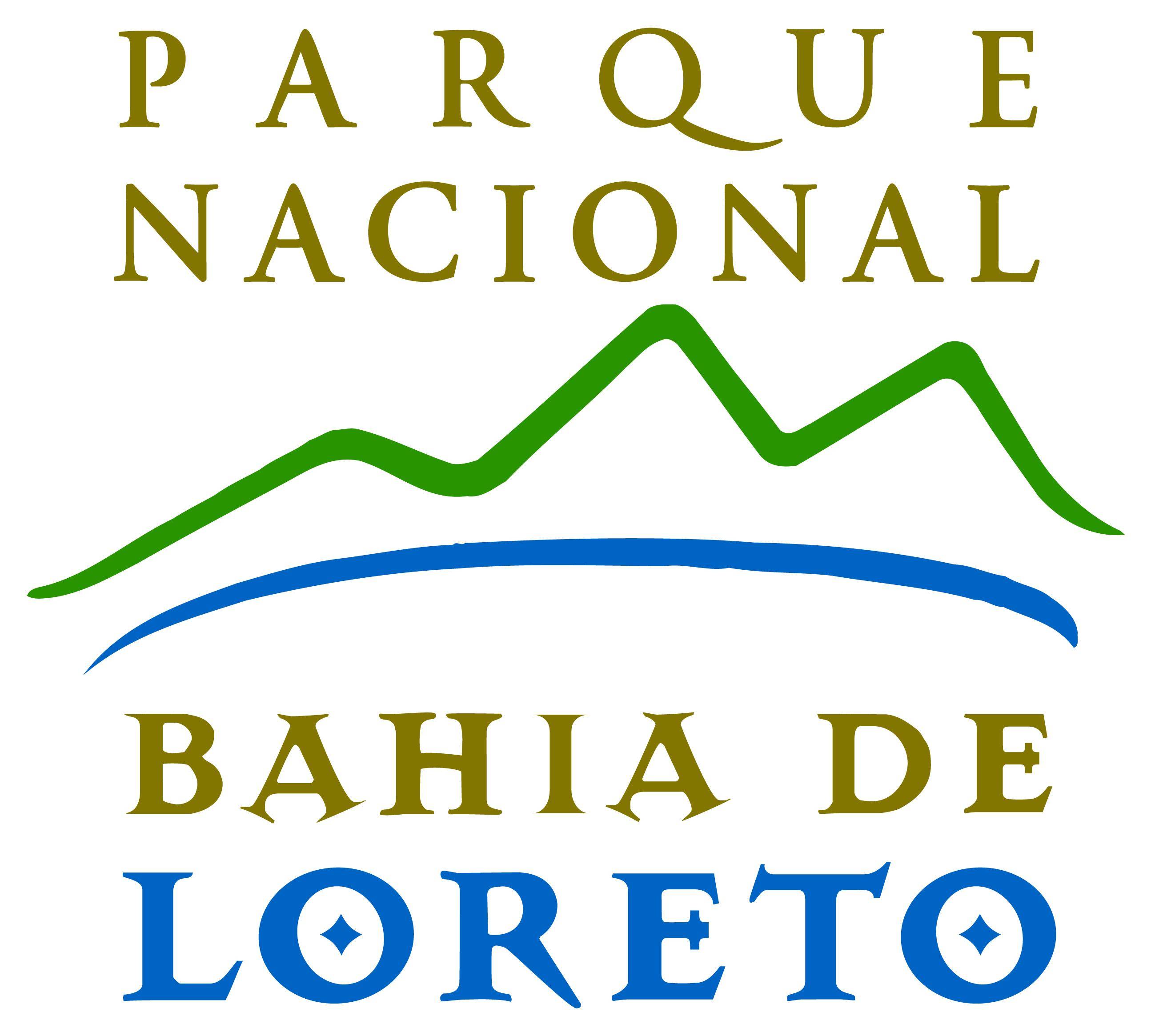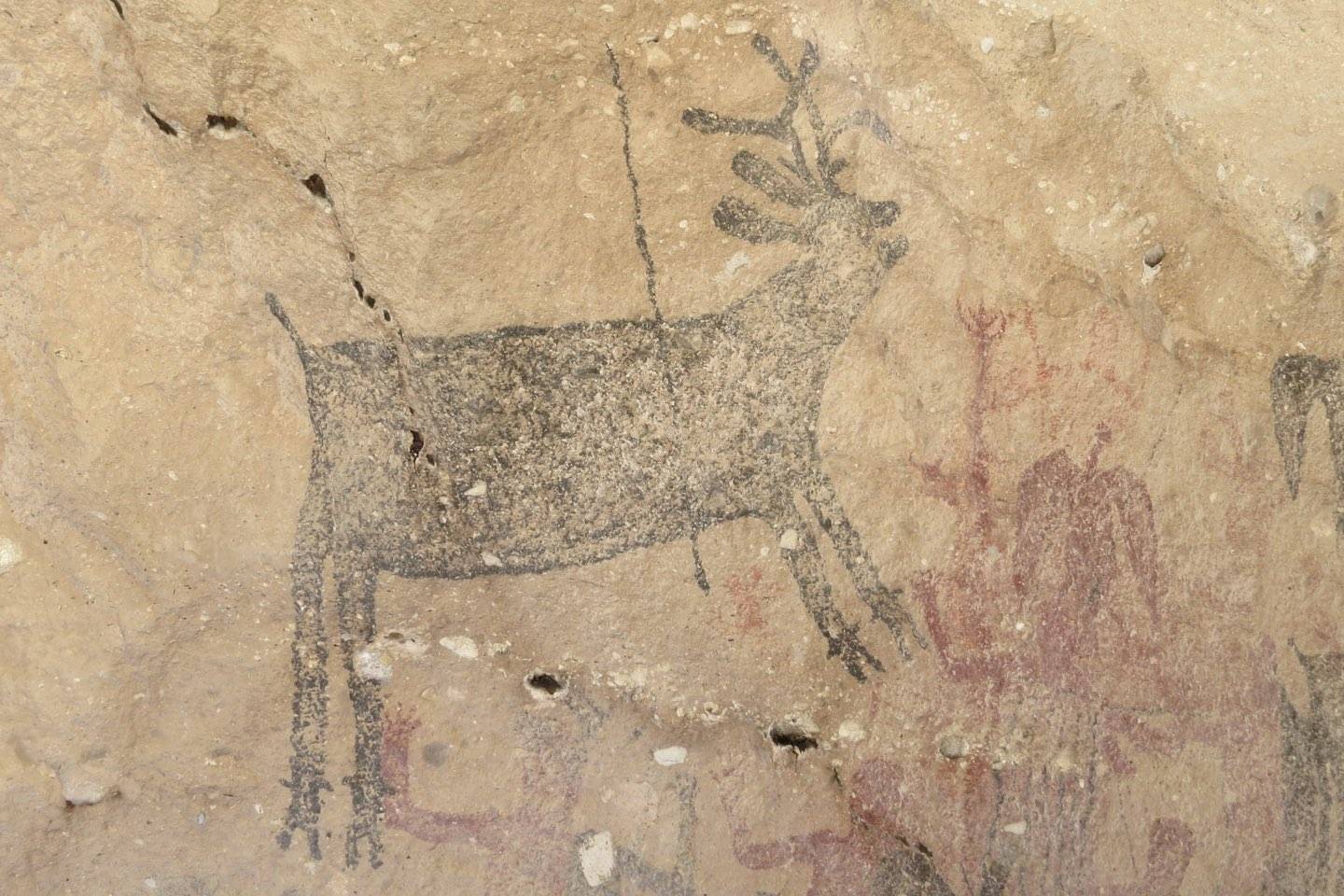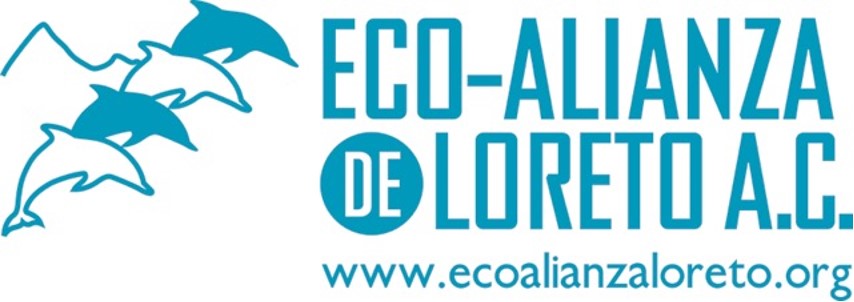In the ol’ blue Ford pickup, Loreto is 2 days south of the border, or 6 hours north of La Paz, situated on the eastern side of the Baja California Peninsula, on the Gulf of California (Sea of Cortez).
 As Loreto was growing in the 1990s, several local citizens became concerned about the stress on the natural resources.
As Loreto was growing in the 1990s, several local citizens became concerned about the stress on the natural resources.
Having seen fisheries along mainland Mexico fail under the pressure of tourism and development, they petitioned the federal government to grant them a tool for the local management of resources for sustainability. After 3 years of petitions, the Loreto National Marine Park was created on July 19, 1996, encompassing 206,580 hectares (790 sq miles) of sea and islands, including Coronados, Del Carmen, Donzante, Monserrate, Catalana and 10 islets.
The park began with no staff, no vehicle, no office, no boat, and no budget. Donations initially got it off the ground. The PNBL has since become a force for long-term sustainability with the strength of the federal government behind it.
Not only is the park a local success story, it is an inspiration and an example. National marine parks in Los Frailes and Bahia de los Angeles were created by citizen request following Loreto’s footsteps.
After more than 10 years of work, the Park’s Management Plan was finally approved by the federal government in 2019. You can see the map of allowed uses here: Map of Loreto Park Uses.
Parque Nacional Bahia de Loretois a feast for the senses and the sciences. Blue whales, humpbacks, dolphins, sea turtles, plankton, magnificent frigate birds, blue footed boobies brown pelicans, angel fish, parrot fish, sierra, dorado, rainbow wrasses, puffer fish, and things in the sea we have yet to name.
Upwellings and wind-driven currents pull up the rich nutrients of the sea, and the sun inspires rapid growth, but it doesn’t stop there. The desert has its own show. Flowering plants, cacti, marine fossils, volcanic layers of ash and breccia, faults, uplifts and intrusions.
The area was named a Ramsar wetland of international importance in 2004, and UNESCO recognized these islands and all the islands in the Gulf of California (Sea of Cortez) in 2005 as a World Heritage site.
Put it on your bucket list to visit this amazing place! You’ll be coming back for refills.
Before the missionaries arrived, the Guaycura lived in the Loreto area, and the Baja Peninsula was thought to be an island.
Jesuits founded the first mission to the Californias in Loreto in 1697. Meaning well, they introduced agriculture and dependence on foreign aid, and unwittingly eroded the knowledge base required to subsist in the challenging desert environment, and the native population mostly died out after the missionaries left.
 However, a ranching culture grew out of the intermarriage of the missionaries’ military force with the local women, and still exists in the surrounding mountains. Step into the mountains and back in time with ranchero cowboy Teté Arce Aguilar to see World Heritage cave paintings left by an unknown people who pre-dated the Guaycura on our Mountain trip.
However, a ranching culture grew out of the intermarriage of the missionaries’ military force with the local women, and still exists in the surrounding mountains. Step into the mountains and back in time with ranchero cowboy Teté Arce Aguilar to see World Heritage cave paintings left by an unknown people who pre-dated the Guaycura on our Mountain trip.
Loreto was the capital of the southern state of the Baja Peninsula, Baja California Sur, until a hurricane in ravaged the town, after which the capital was moved to la Paz.
The sea has provided Loreto’s economic base. First, sharks were captured from dugout canoes. Pearl oysters offered another boom. Fly-in sport fishing had its time. The paving of the Baja highway in the 1970s brought an influx of tourism that continues today.
Loreto was slated for luxury mega-development on the order of Cancun and Mazatlan. In the 1970s an airport and an elaborate port facility were built before the development shifted to Los Cabos.
Meanwhile, Loreto has developed an eco-destination identity. A number of organizations unite their efforts for the longevity of the natural systems that support Loreto and its nature-based tourism.
In the 1960s Tim Means started bringing tourists south and founded Baja Expeditions. Soon thereafter, Trudi Angel founded Paddling South in Loreto. When the Park formed, over a dozen companies were bringing tourists to the Park, mostly foreign operations who brought in their fleets and guides and left with the proceeds.
In 2024, two locally based kayak companies (including Sea Kayak baja Mexico) and one foreign one have permits and work regularly in the Loreto National Park. Pick yourself a trip and paddle it with us!

PLUS